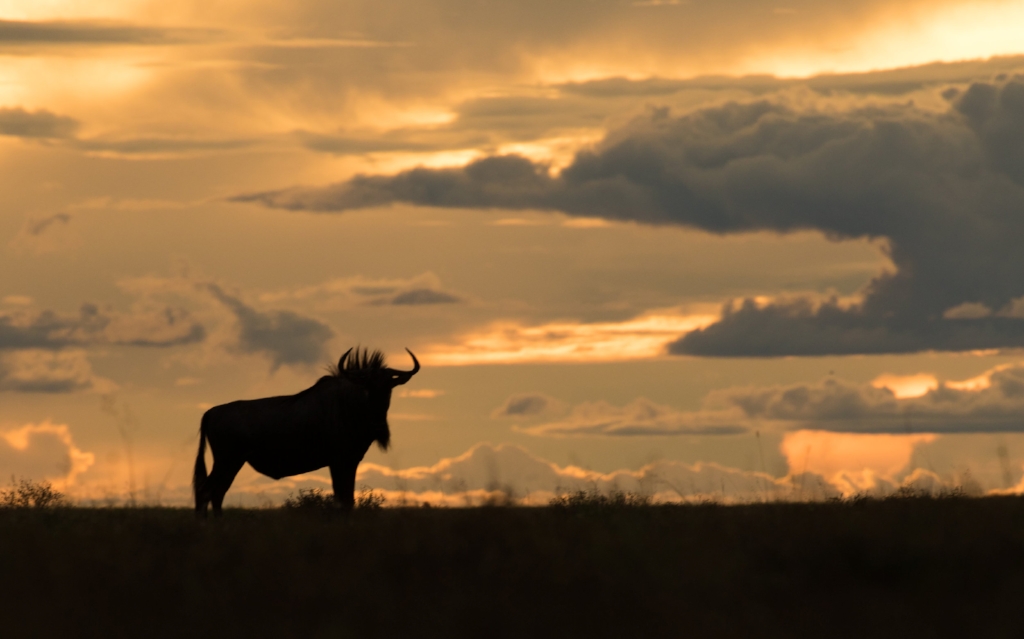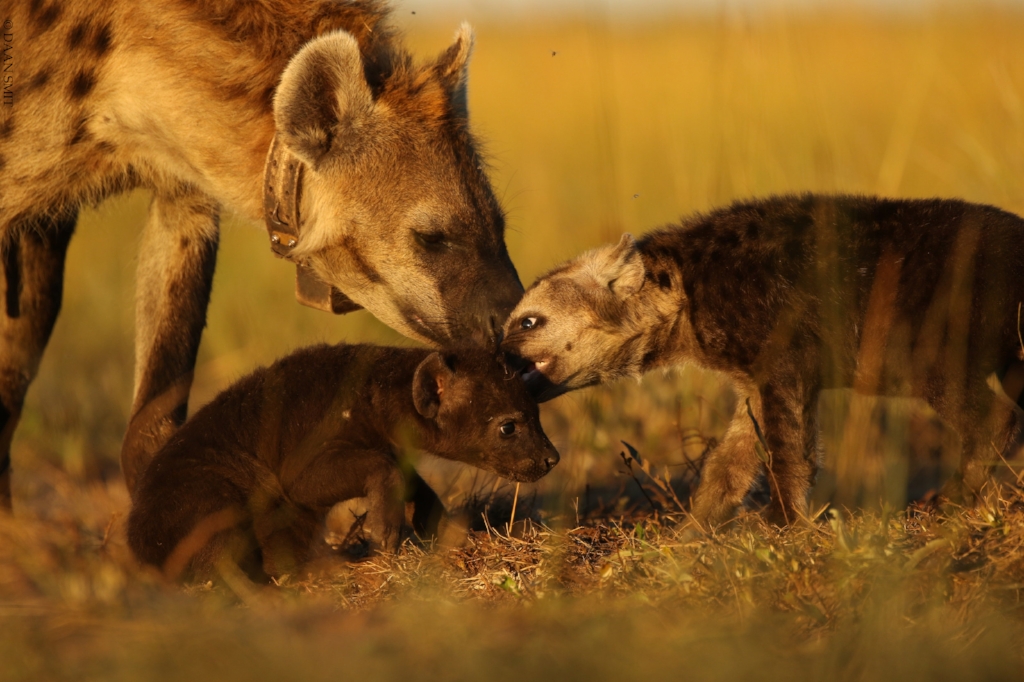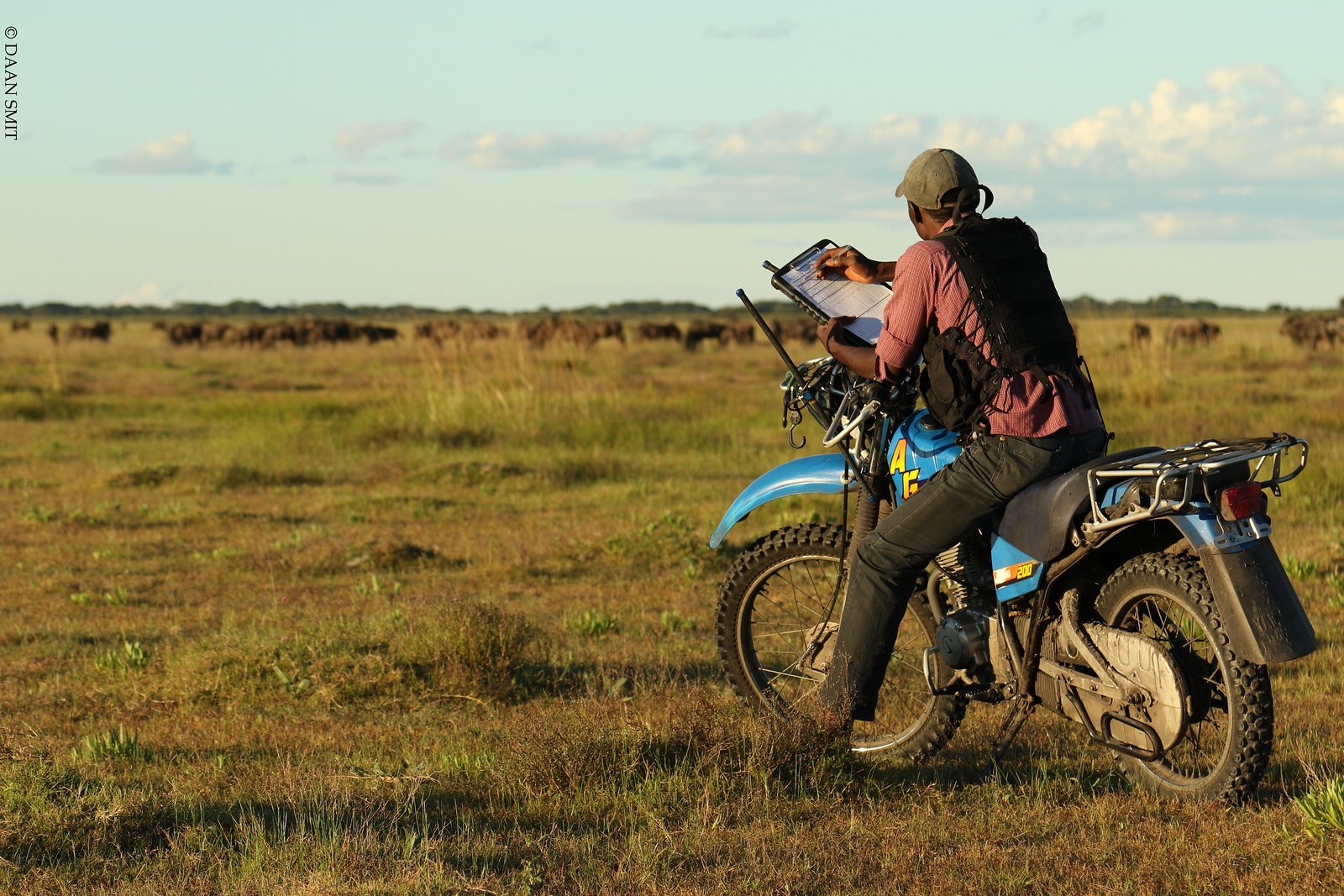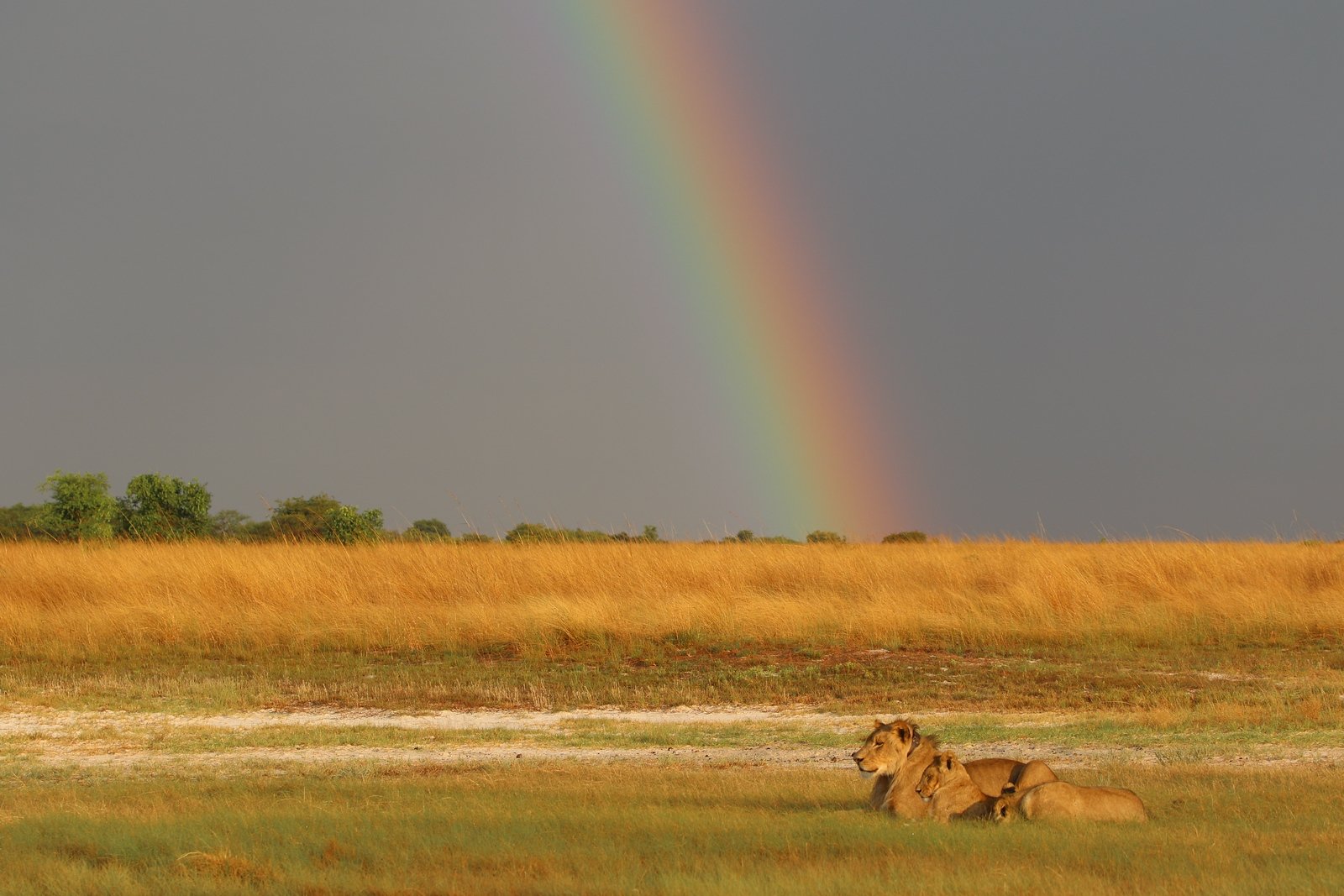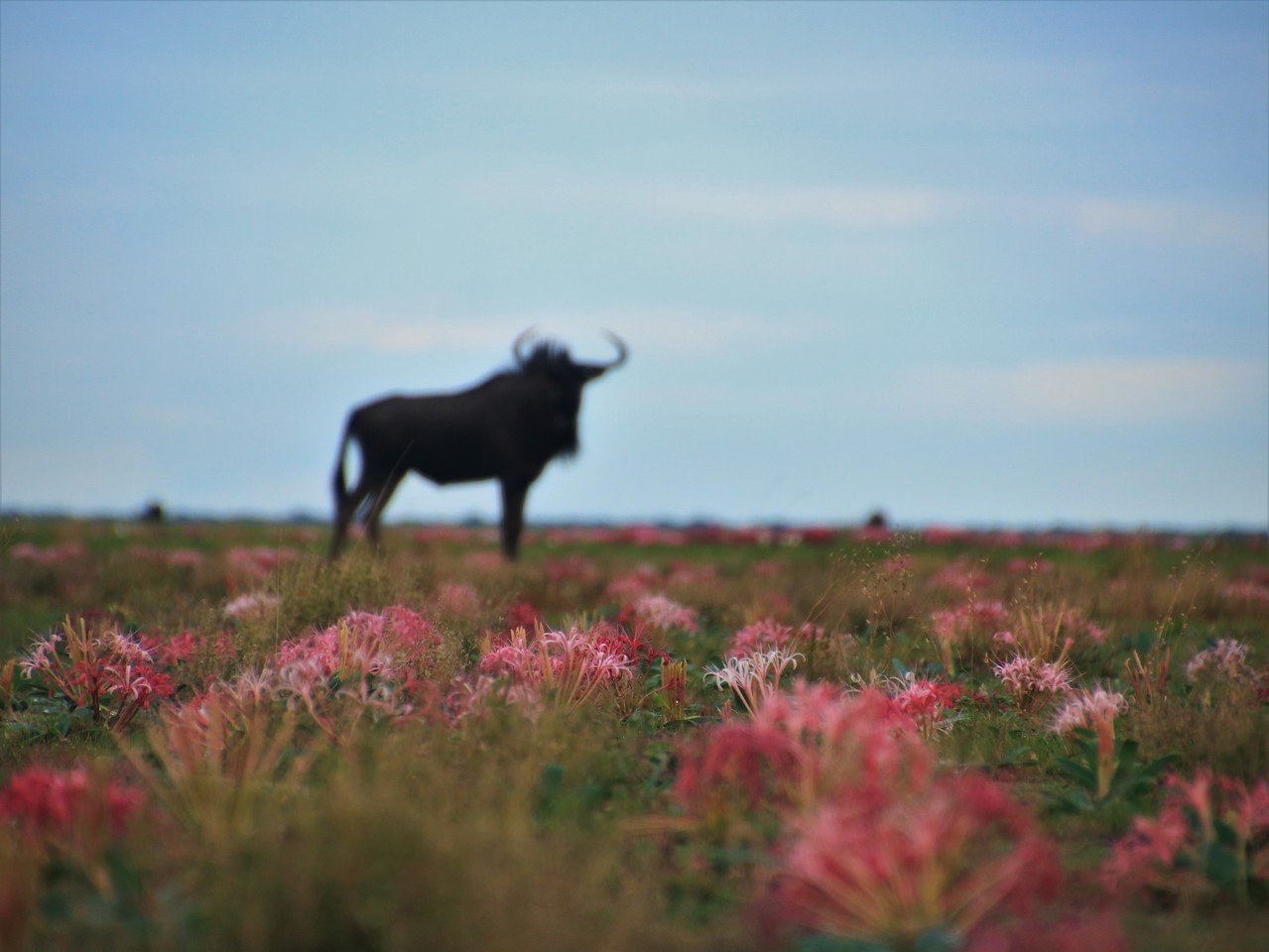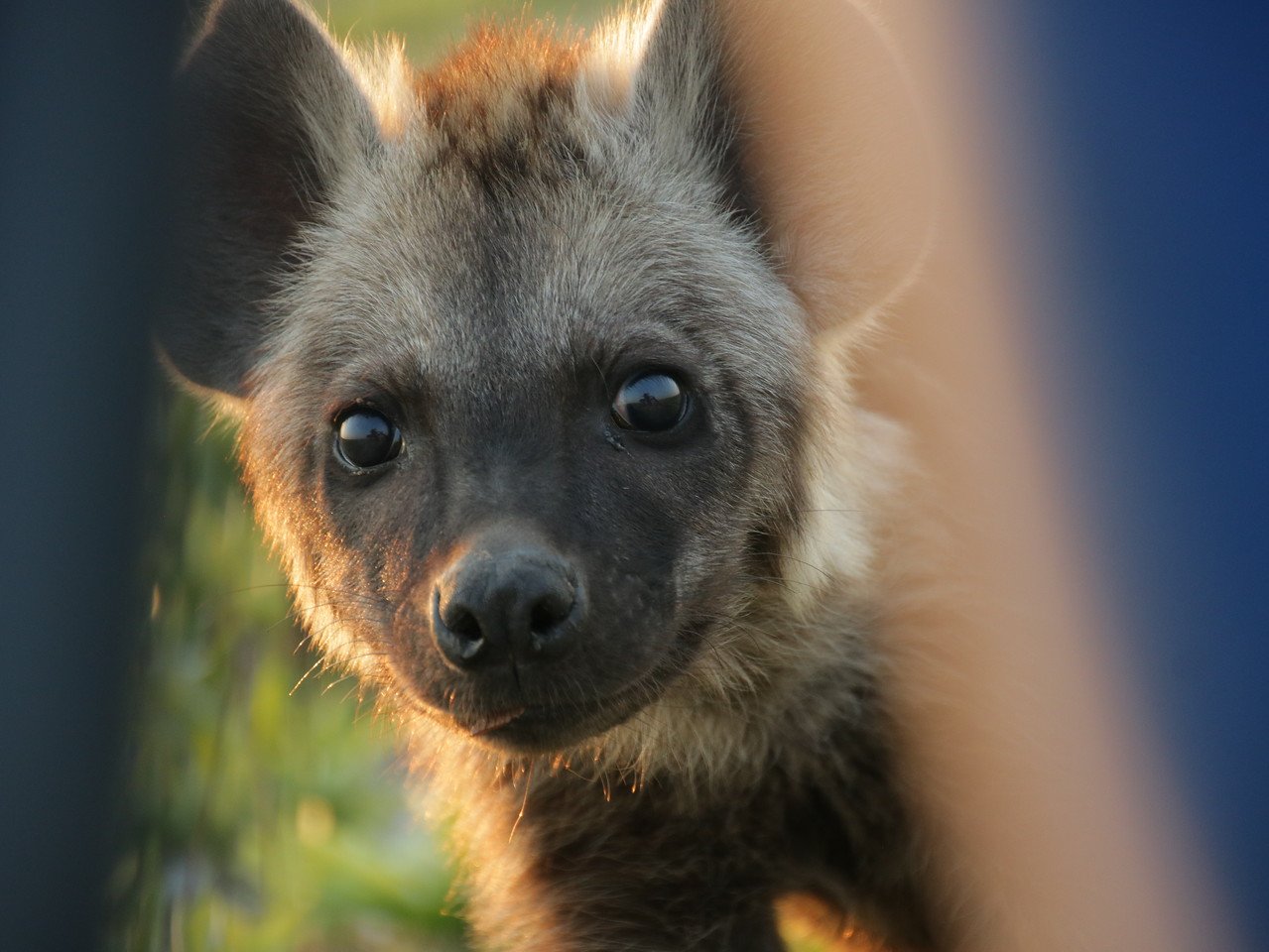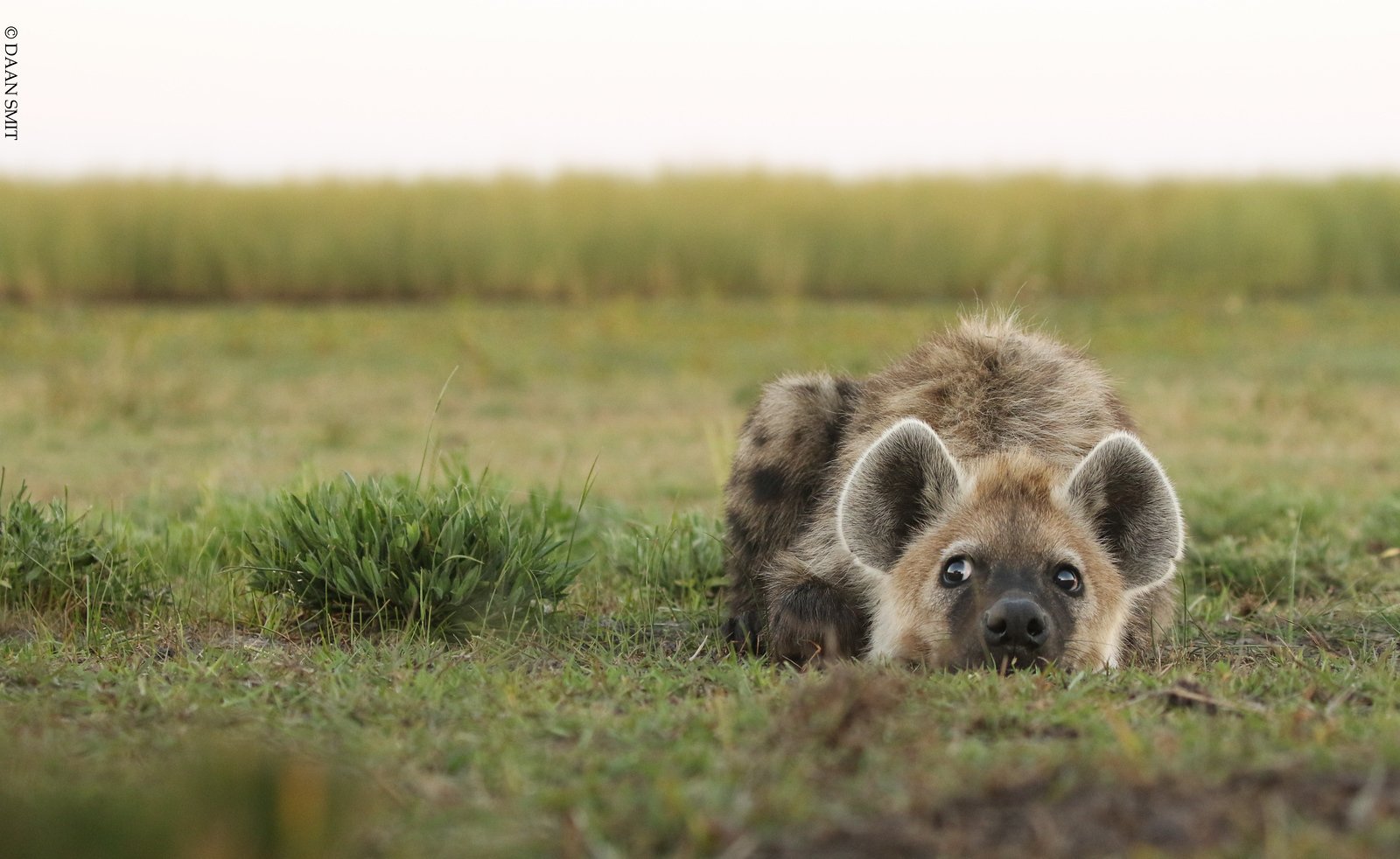
The Greater Liuwa Ecosystem
The Site:
A vast seasonally flooded ecosystem in Zambia’s Western Province, Liuwa Plain’s stunning wildlife was nearly decimated following years of heavy poaching and civil war in neighbouring Angola. Today, under the management of African Parks Zambia, this area has undergone – and is still undergoing – rapid recovery. While the full complement of wildlife species is being restored, ZCP’s research and monitoring program, in concert with ongoing restoration efforts, allows for research-based conservation of this unique ecosystem.
Our Work:
ZCP has been operating in the Greater Liuwa Ecosystem (GLE) since 2010. To date, we have monitored more than 830 hyenas, 91 cheetahs, 46 lions, and 75 wild dogs!
As an ecosystem, Liuwa is dominated by spotted hyena. The lion population was reduced to a single lioness in the early 2000s, but even with recently-reintroduced lions, hyenas remain the top predator. The resulting unusual carnivore dynamic has provided a special opportunity to gain insight into the relative impacts of lion and hyena on cheetah and wild dog respectively. In addition to carnivore work, ZCP conducts long-term demographic studies on the keystone species of Liuwa – the blue wildebeest – to evaluate factors limiting their recovery.
Additionally, the GLE is part of the proposed Liuwa-Mussuma Transfrontier Conservation Area with Angola. There are documented transboundary movements of cheetah, hyena, lion, and wildebeest into Angola, and ZCP works with an array of partners such as the Africa Range-wide Cheetah Conservation Initiative to assess, protect, and restore connectivity between Liuwa and Angola, particularly in Zambia’s Upper West Zambezi GMA (which connects the two ecosystems).
In 2023 alone, we:
Intensively monitored 16 hyena clans, 4 cheetah coalitions and families, Liuwa’s 6 distinct lion prides and coalitions, and the park’s newly re-introduced wild dogs pack
Performed more than 3,700 snare checks, ensuring the safety of Liuwa’s carnivores!
Invested more than 1,400 person days in the field
Collected data from over 5,600 camera trap days
Vaccinated more than 2,800 domestic dogs for rabies and canine distemper


